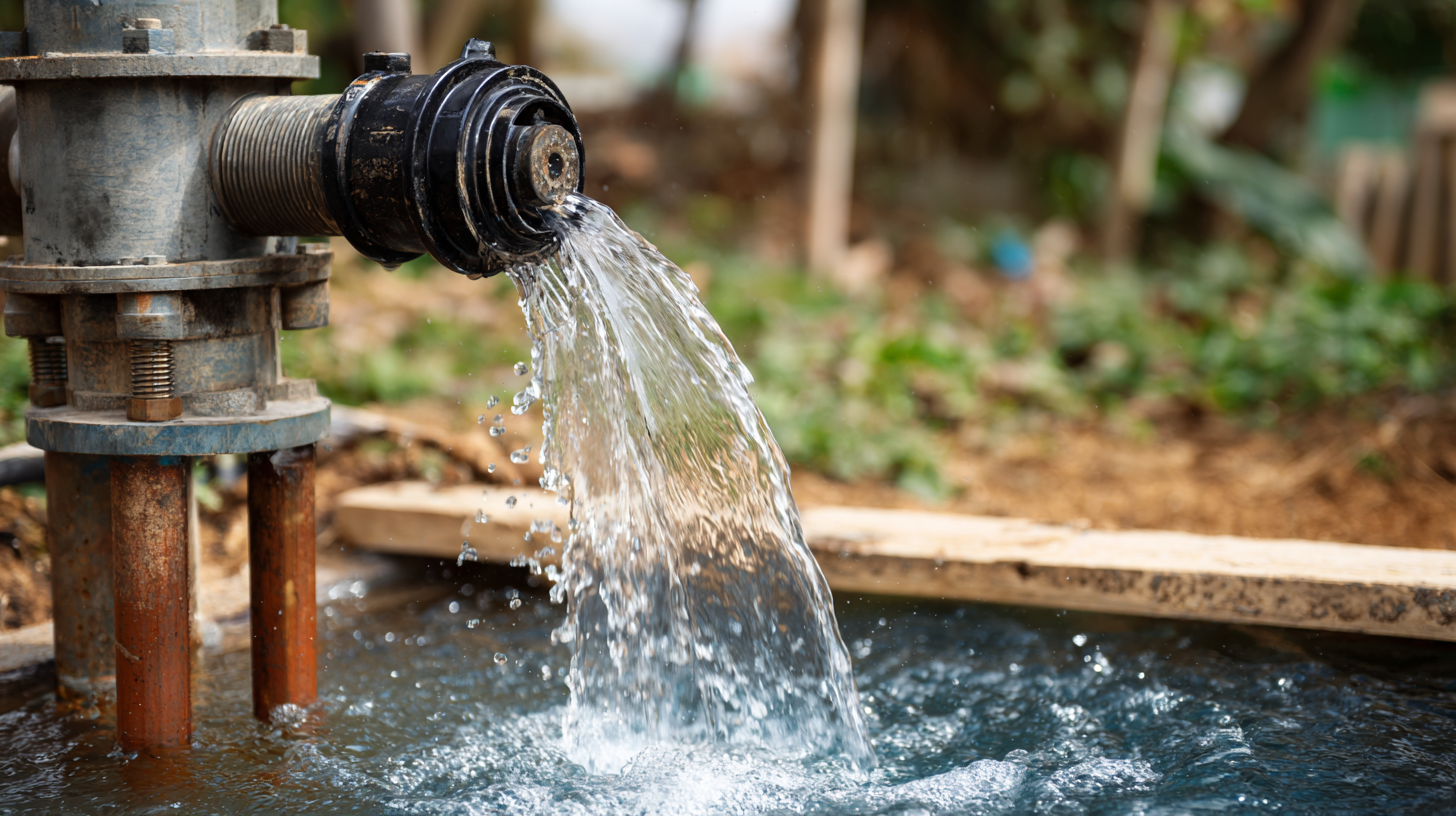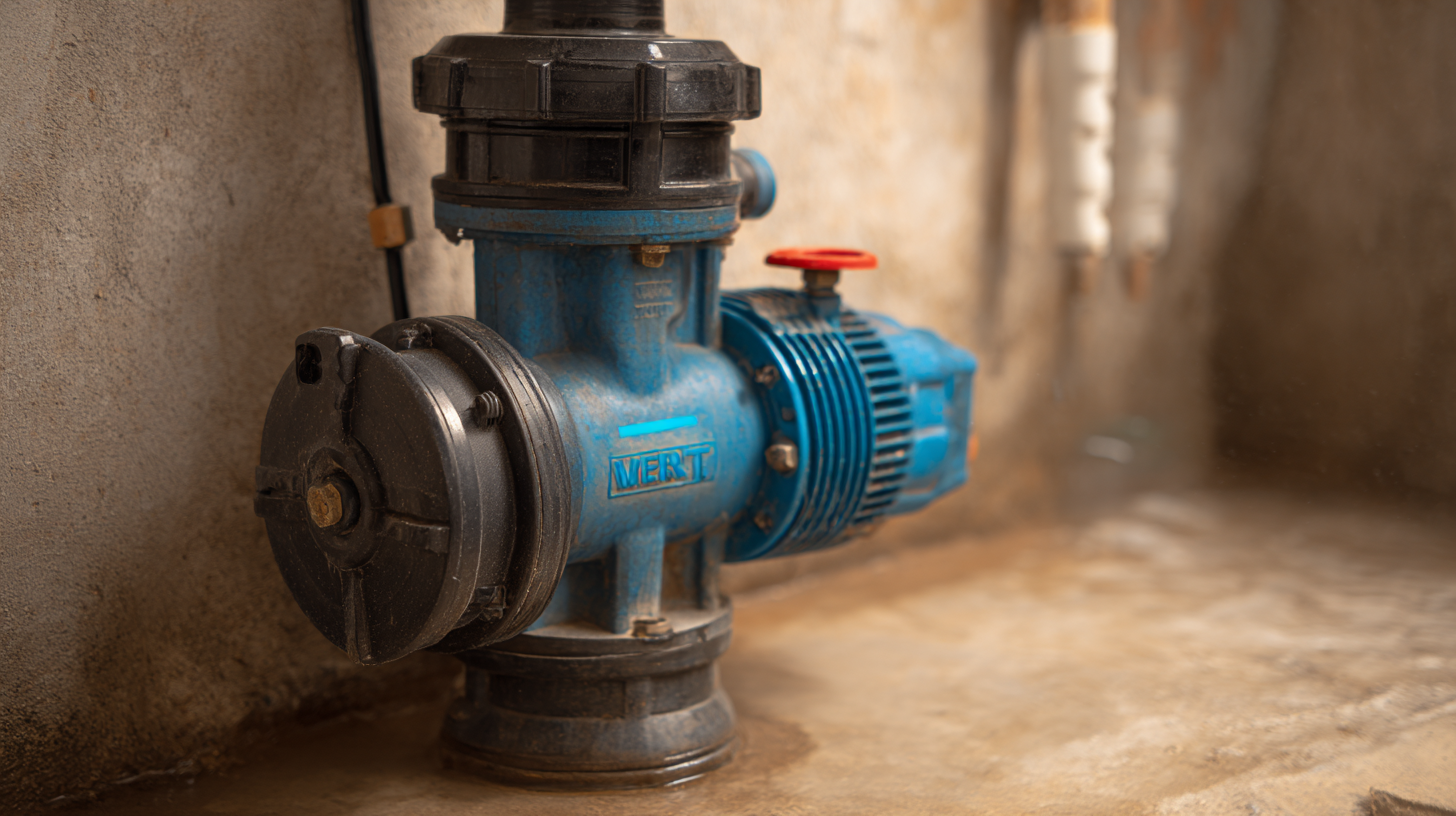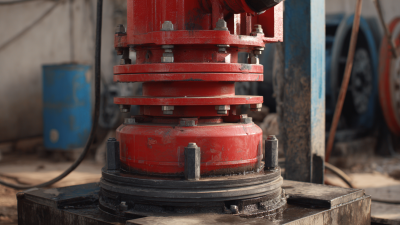How to Choose the Right Well Pump for Your Water Needs
Choosing the right well pump is crucial for ensuring an adequate and reliable water supply tailored to your specific needs. With approximately 15 million households in the United States relying on private wells, understanding the intricacies of well pumps becomes vital for optimal performance and efficiency. According to the Water Systems Council, selecting the appropriate pump can lead to significant long-term savings, as energy costs can account for nearly 20% of a household's total utility expenses. Moreover, the National Ground Water Association reports that improper pump selection can cause premature pump failure and increased maintenance costs. By considering factors such as well depth, flow rate, and water usage patterns, homeowners can make informed decisions when investing in a well pump. This guide will provide essential insights to help you navigate these critical considerations and select the most suitable well pump for your water requirements.

Understanding Your Water Needs and Source Options
When selecting the right well pump, understanding your specific water needs is paramount. For instance, the average American household requires approximately 50 to 100 gallons of water per person per day, depending on lifestyle and usage. This means that a family of four might need up to 400 gallons daily, highlighting the importance of choosing a pump that can meet such demand efficiently. According to the Water Systems Council, a sufficient supply of water should be able to accommodate peak usage times, such as during morning routines or when multiple appliances operate simultaneously.
In addition to household needs, considering the source of your water is vital. Groundwater depth can significantly influence your choice of pump; for deeper wells, submersible pumps are typically preferred due to their ability to operate underwater and provide a consistent flow. According to the National Ground Water Association, about 15 million households in the United States rely on private wells, and understanding the geological conditions is essential for ensuring a reliable water supply. Thus, assessing both your water requirements and the characteristics of your water source will guide you towards the most suitable well pump for your situation.
Types of Well Pumps and Their Suitable Applications
When choosing the right well pump, understanding the different types and their applications is crucial. There are primarily three types of well pumps: submersible pumps, jet pumps, and centrifugal pumps. Submersible pumps are ideal for deep wells, as they are designed to be submerged in water, efficiently pushing water to the surface. Their installation depth typically exceeds 25 feet, making them well-suited for households needing a significant water supply. Jet pumps, on the other hand, are suitable for shallower wells and operate by creating a vacuum to draw water up, making them a good option for depths of up to 25 feet. They are often used in residential applications.
Centrifugal pumps work effectively in various applications but are limited by the well's depth and the volume of water needed. These pumps rely on rotating impellers to create flow and are commonly used in irrigation systems or commercial settings where large quantities of water are required. As technology advances, newer options like geothermal heat pumps are also coming into play, especially in systems designed for energy efficiency and sustainability. Choosing the right type of pump involves considering the specific water needs, depth of the well, and the intended application, leading to effective and efficient water management solutions.
Key Specifications to Consider When Selecting a Well Pump
When selecting a well pump for your water needs, it's crucial to consider key specifications that directly impact performance and efficiency. One of the most significant specifications is the pump's flow rate, typically measured in gallons per minute (GPM). According to the Water Systems Council, residential well pumps commonly range between 3 to 15 GPM, depending on household size and water usage patterns. A proper assessment of your daily water consumption will guide you in choosing a pump that can satisfy your household's needs without overworking the system.

Another essential factor to consider is the pump's total dynamic head (TDH), which reflects the height the pump needs to move water from the well to your home. A report by the National Ground Water Association emphasizes that a thorough evaluation of the well's depth and the distance to your home is vital to ensure the pump can achieve the required TDH. Selecting a pump that matches these specifications not only enhances efficiency but also prolongs the lifespan of the unit, ultimately contributing to lower operational costs. Consider these specifications carefully to make an informed choice for your water system.
How to Properly Install and Maintain Your Chosen Well Pump
When selecting and installing a well pump, proper installation is crucial to ensuring optimal performance and longevity. Begin by preparing the well site; clear the area of debris and ensure safe access to the well. When positioning the pump, it's essential to choose a location that minimizes exposure to the elements, particularly for above-ground components. Use sealants and weatherproof enclosures where necessary to protect against moisture intrusion and potential corrosion.
Once the pump is installed, regular maintenance is key to its efficient operation. Start by setting a routine inspection schedule—check for leaks, listen for unusual noises, and monitor the water flow rate. Replace filters as needed and keep the electrical connections clean and secure. Additionally, consider annual professional inspections to spot any potential issues such as worn components or electrical problems that could lead to system failure. These steps will help ensure your well pump operates smoothly and meets your water needs effectively.
Well Pump Selection Criteria
Troubleshooting Common Issues with Well Pumps and Solutions
 When selecting a well pump, it’s crucial to understand common issues
that can arise and their solutions. According to the National Ground Water Association, approximately
15% of well owners experience pump-related problems within the first five years of operation.
One common issue is a decrease in water flow, often caused by sediment buildup or a clog
in the system. Regular maintenance, including flushing the pump and inspecting filters, can mitigate
these problems.
When selecting a well pump, it’s crucial to understand common issues
that can arise and their solutions. According to the National Ground Water Association, approximately
15% of well owners experience pump-related problems within the first five years of operation.
One common issue is a decrease in water flow, often caused by sediment buildup or a clog
in the system. Regular maintenance, including flushing the pump and inspecting filters, can mitigate
these problems.
Another prevalent issue is pump cycling, which occurs when the pump turns on and off frequently.
This can lead to increased wear and tear and ultimately shorten the pump's lifespan. The
U.S. Geological Survey highlights that proper sizing of the pressure tank is essential to prevent
this issue. Utilizing an appropriately sized tank allows for better water pressure management and extends
the intervals between pump cycles. Implementing these troubleshooting strategies can significantly improve
the efficiency and longevity of your well pump, ensuring optimal water supply
for your needs.
Related Posts
-

How to Choose the Right Jet Pump for Your Industrial Needs Based on Performance Data
-

7 Best Practices to Maximize Efficiency of Your Well Pressure Pump
-

Streamlining Efficiency: Innovative Solutions for Gas Well Pump Operations in Oil and Gas Industry
-

Ultimate Guide to Fracking Pump Maintenance Checklist for Optimal Performance
-

How to Choose the Right Solution Pump for Your Business Needs
-

Ultimate Checklist for Selecting the Right Surface Jet Pump for Your Industrial Needs
